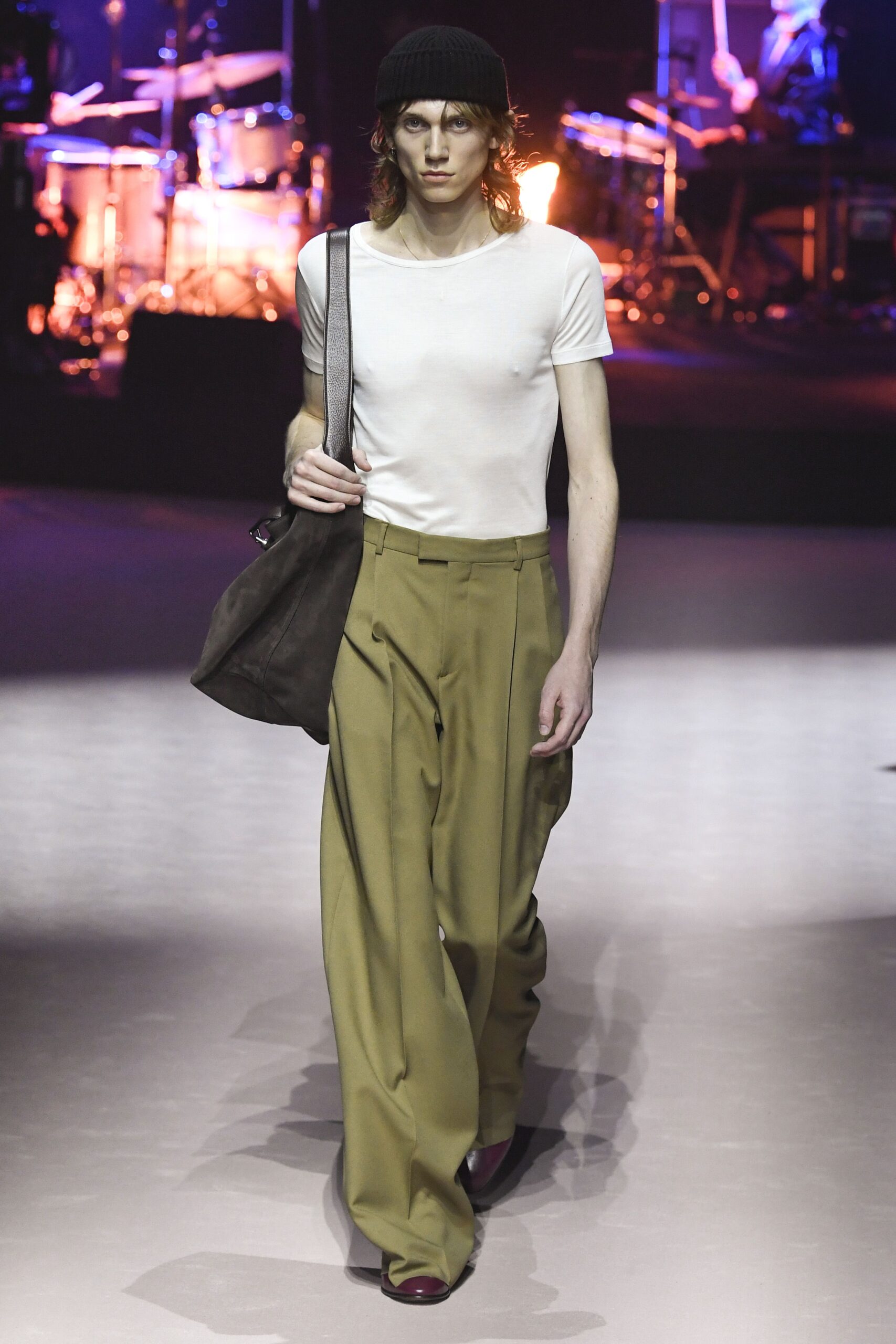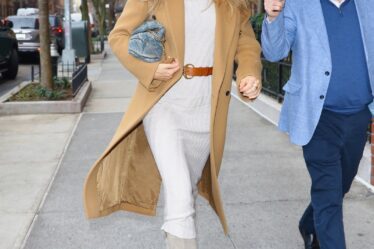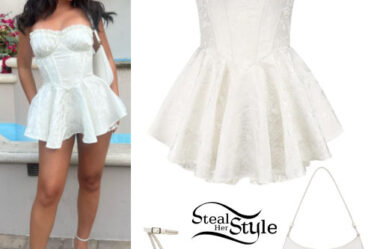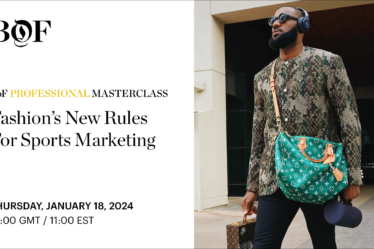
MILAN — Friday, Gucci opened Milan Fashion Week with its first standalone menswear show in 3 years, announced as part of a plan to reignite rapid growth at the brand. The show was also Gucci’s first outing since the departure of designer Alessandro Michele in November, however, and ended up being a low-key, transitional affair.
Signed by Gucci’s studio team, the collection still bore traces of Michele: his quirky, gender-fluid touch lived on in androgynous ensembles, like dance-rehearsal leggings paired with ankle booties. But most of the clothes were stripped of the maximalist embellishments that defined the designer’s tenure, replaced by languid, oversized tailoring which—while elegant—could have been shown by any number of Italian brands, as well as a smattering of hip-slung lacquered pants that harkened back to Tom Ford.
“The timing of the collection represents a moment of reflection, reaction and reorganisation,” which prompted the house to “investigate the idea of improvisation as an aesthetic,” Gucci said in a statement.
“The crowd-designed collection… lacked overall coherence,” with some parts of the show seeming “possibly purposefully banal,” Vogue Runway critic Luke Leitch wrote after leaving the showspace, which was adorned only with a mauve carpet, risers and a round platform for the indie rock band Marc Ribot’s Ceramic Dog.
Of course, fashion groups have a long history of trimming runway budgets between designer tenures, saving their financial firepower for the brand’s next chapter. “We can’t blame them for being in transition,” Citi analyst Thomas Chauvet said. “It makes sense that they wouldn’t want to push on a collection by the studio of a designer who’s no longer there, but rather push on the next people.”
Still, there’s more than one way to manage a transition, and Gucci’s strategy stands in stark contrast to the approach taken by rival Louis Vuitton. Since the death of menswear designer Virgil Abloh in November 2021, the LVMH flagship has invested in bigger and more memorable menswear outings than ever, paying tribute to its late designer with sprawling collections full of couture-level craftsmanship, elaborate sets and performances by music stars like conductor Gustavo Dudamel and rapper Kendrick Lamar. For its next studio-signed menswear outing, set to be shown in Paris next week, it has tapped guest designer KidSuper, as well as retaining its top stylist and set designer.
Vuitton has also kept up buzz with large-scale marketing activations that don’t depend on any designer, such as the latest chapter of its collaboration with artist Yayoi Kusama. Keeping up marketing spend has helped Vuitton reach record sales of over €20 billion last year, according to analyst estimates.
Of course, Gucci is a different brand, with a different history and set of circumstances. Last year, Gucci’s growth lagged key rivals for the third year in a row despite the brand spending around €700 million on marketing. Whereas Abloh’s products were hotter than ever following his death, consumer excitement for Michele’s aesthetic had cooled in recent seasons. But there are deeper differences, as well.
In contrast to rivals like Vuitton and Hermès, whose businesses are highly driven by accessories that carry over from season to season, Gucci retains a high exposure to ready-to-wear and footwear, and generates roughly half its revenues from seasonal products. Gucci’s creative directors historically exert high levels of control over not just products, but also the brand’s marketing message and retail concepts.
“Gucci’s DNA is established in consumers’ minds as a brand that makes strong fashion statements,” Chauvet said. When it works, the fashion-driven approach can drive explosive growth. But relying too heavily on any one designer’s vision risks instability, particularly for a company of Gucci’s scale.
Gucci owner Kering has told investors it plans to further develop a more timeless, iconic dimension to the label to sit alongside its seasonal fashion output. At its current size, Gucci’s reach extends far beyond hardcore fashion fans. And surging demand for classic items like Chanel flap bags and Hermès Birkins since the pandemic suggests there are plenty of clients who value consistency as much as novelty. A more stable, less designer-dependent strategy could insulate Gucci from another boom-and-bust cycle.
Realising this ambition won’t happen overnight, however, and at present the brand is urgently seeking a new designer. Impatient investors are hoping that Gucci will announce its new creative director before Kering presents its annual results in February. But the enduring popularity of Michele’s aesthetic among many Gucci devotees makes him a tough act to follow, and even if the group does manage to identify its new creative leadership quickly, it will likely be months before its new products arrive in stores.
In the meantime, Gucci appears to be dimming the lights ahead of what it hopes will be its next creative “big bang.” But management should be careful not to turn them down too much.



